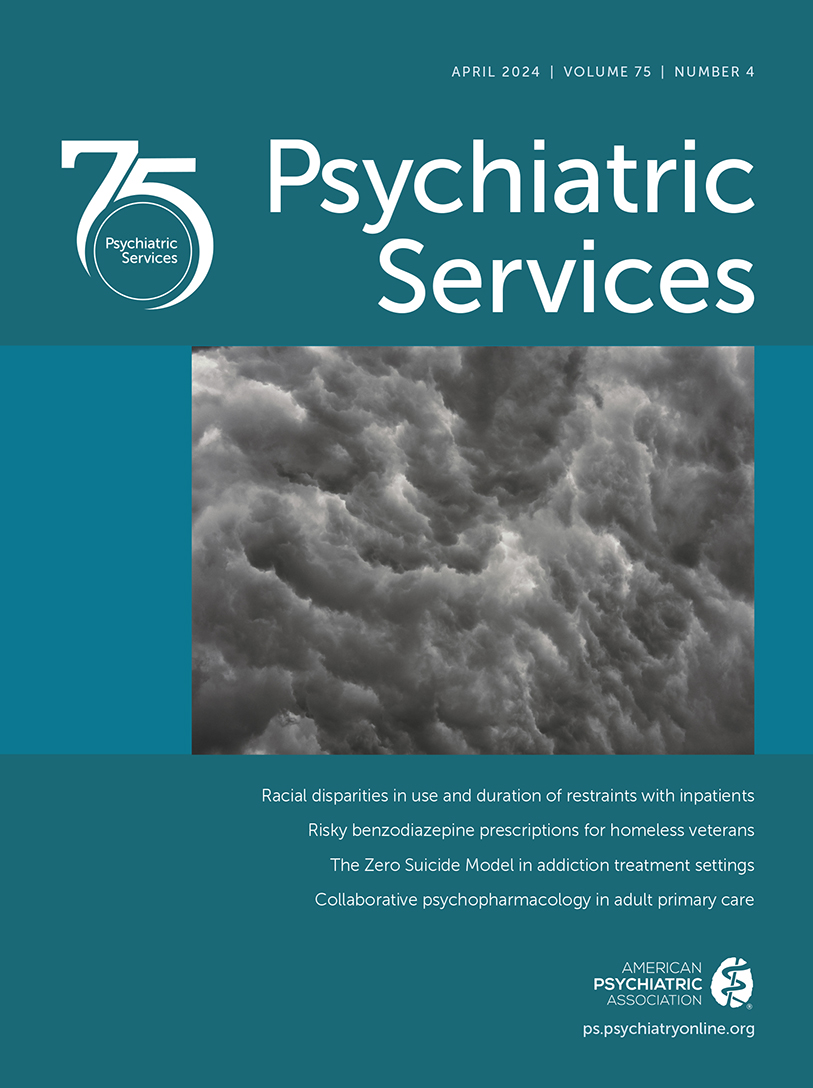Out-of-Pocket Costs for Long-Acting Injectable and Oral Antipsychotics Among Medicare Patients With Schizophrenia
Abstract
Objective:
The authors sought to describe out-of-pocket (OOP) costs among beneficiaries with schizophrenia differing in Medicare Part D low-income subsidy (LIS) status.
Methods:
National 100% Medicare claims were used to identify all adult fee-for-service Medicare Part D beneficiaries with schizophrenia who used antipsychotics in 2019 (N=283,813). Proportions of patients by LIS status, OOP costs per prescription, and annual OOP costs were reported. Results were stratified by type of antipsychotic received (oral antipsychotic [OAP], first-generation long-acting injectable [FGA-LAI], or second-generation long-acting injectable [SGA-LAI]).
Results:
In the final sample, 90.3% of beneficiaries had full LIS status, paying minimal copayments (29.6% institutionalized full LIS, paying $0; 42.2% noninstitutionalized full LIS, ≤100% federal poverty level [FPL], paying $1.25–$3.80; and 18.5% noninstitutionalized full LIS, >100% FPL, paying $3.40–$8.50). Only 0.9% of the sample received partial LIS status, and 8.8% had a non-LIS status. Non-LIS beneficiaries had the highest OOP costs, followed by partial LIS beneficiaries. Before entering catastrophic coverage, median OOP costs per prescription for generic OAPs, brand-name OAPs, FGA-LAIs, and SGA-LAIs were $10.85, $171.97, $26.09, and $394.28, respectively, for non-LIS beneficiaries and $3.69, $105.82, $9.35, and $229.20, respectively, for partial LIS beneficiaries. The annual total OOP costs varied substantially by LIS status (full LIS, $0–$130.79; partial LIS, $458.96; non-LIS, $998.81).
Conclusions:
Most Medicare beneficiaries with schizophrenia qualified for full LIS and faced minimal OOP costs for both OAPs and LAIs. The remainder (i.e., partial LIS and non-LIS beneficiaries) faced substantial OOP costs, both per prescription and annually, especially for SGA-LAIs.
Access content
To read the fulltext, please use one of the options below to sign in or purchase access.- Personal login
- Institutional Login
- Sign in via OpenAthens
- Register for access
-
Please login/register if you wish to pair your device and check access availability.
Not a subscriber?
PsychiatryOnline subscription options offer access to the DSM-5 library, books, journals, CME, and patient resources. This all-in-one virtual library provides psychiatrists and mental health professionals with key resources for diagnosis, treatment, research, and professional development.
Need more help? PsychiatryOnline Customer Service may be reached by emailing [email protected] or by calling 800-368-5777 (in the U.S.) or 703-907-7322 (outside the U.S.).



